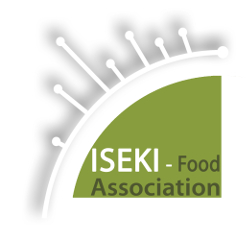Meta-analysis is the statistical analysis of a large collection of results from primary studies investigating the same research question. Hence, its purpose is to advance theory, resolve conflicts, and ascertain directions for future investigation in any field of research. Although the capabilities of meta-analysis have already been well demonstrated in evidence-based medicine, realization of the potential of meta-analysis in agriculture, public health and food quality/safety only began in the past few years. Yet, in a relatively short time, meta-analysis has been increasingly conducted to address a broad range of food safety research questions such as effect of interventions pre-harvest and post-harvest, disease incidence, prevalence of pathogens, consumer practices, dose-response models and even for the integration of predictive microbiology results. Apart from the capability to produce a more precise estimate of the effect of a particular intervention or treatment; meta-analysis can also pinpoint some of the study characteristics responsible for the heterogeneity in the outcomes from the different primary studies, and this constitutes of the main strength of meta-analysis. Currently, there is a need for conducting meta-analysis in the field of food safety, in order to identify, evaluate and synthesize the current large body of results, so that policy-makers can access concise information on the effectiveness of interventions to enhance food safety.
The course aims to provide an overview of the meta-analytical methods that are used to compile results from many primary studies reporting on food safety issues, such as the estimation of pathogens’ prevalence, the effect of an intervention strategy on the contamination, or the construction of a holistic microbial kinetics model. In this workshop, we will discuss the general methodology of meta-analysis, which involves searching for relevant primary studies, coding effect sizes and study characteristics, combining and comparing results across primary studies, and explaining the heterogeneity among studies. The construction of the most important meta-analysis graphs such as forest plots, bubble plots and funnel plots will be explained. The relevance of meta-analysis for the synthesis of food quality/safety research will be demonstrated by reviewing a number of real applications, which will be taught using the R software.
At the end of the course, the participant will be able to:
- Develop interfaces with other disciplines to apply the knowledge contained in meta-analysis;
- Complement qualitative systematic reviews with quantitative meta-analysis;
- Carry out a detailed and publishable meta-analysis study step-by-step using the R software;
- Explain the heterogeneity in the outcomes reported in the primary studies by codifying study characteristics;
- Make use of different graphs to present meta-analysis findings;
- Assess publication bias; and
- Compile diverse food safety queries using meta-analytical tools.


